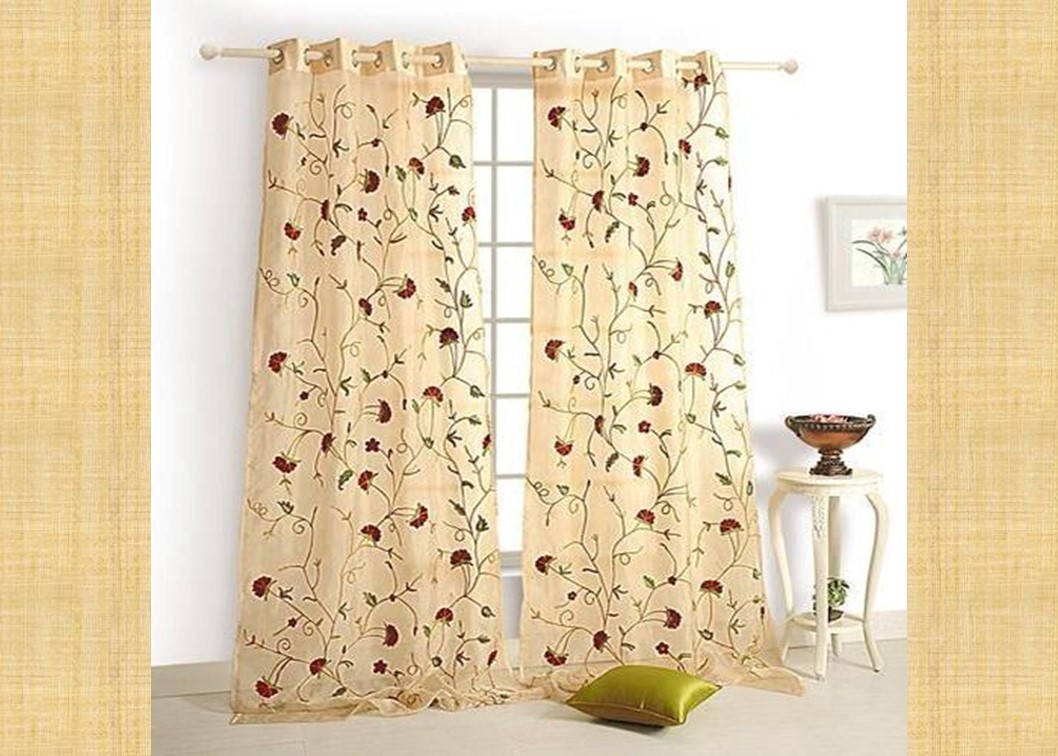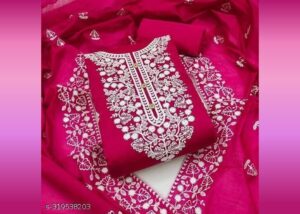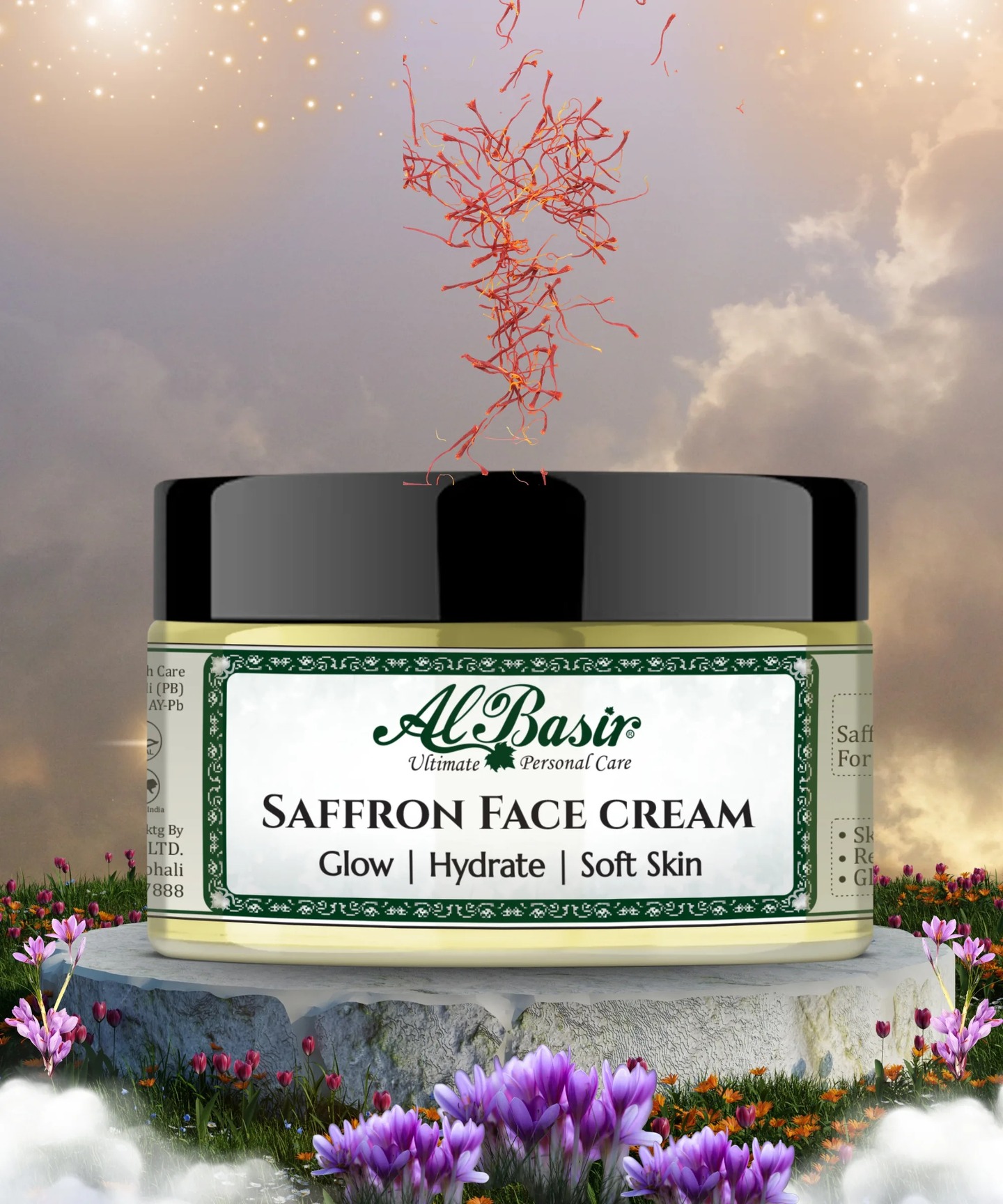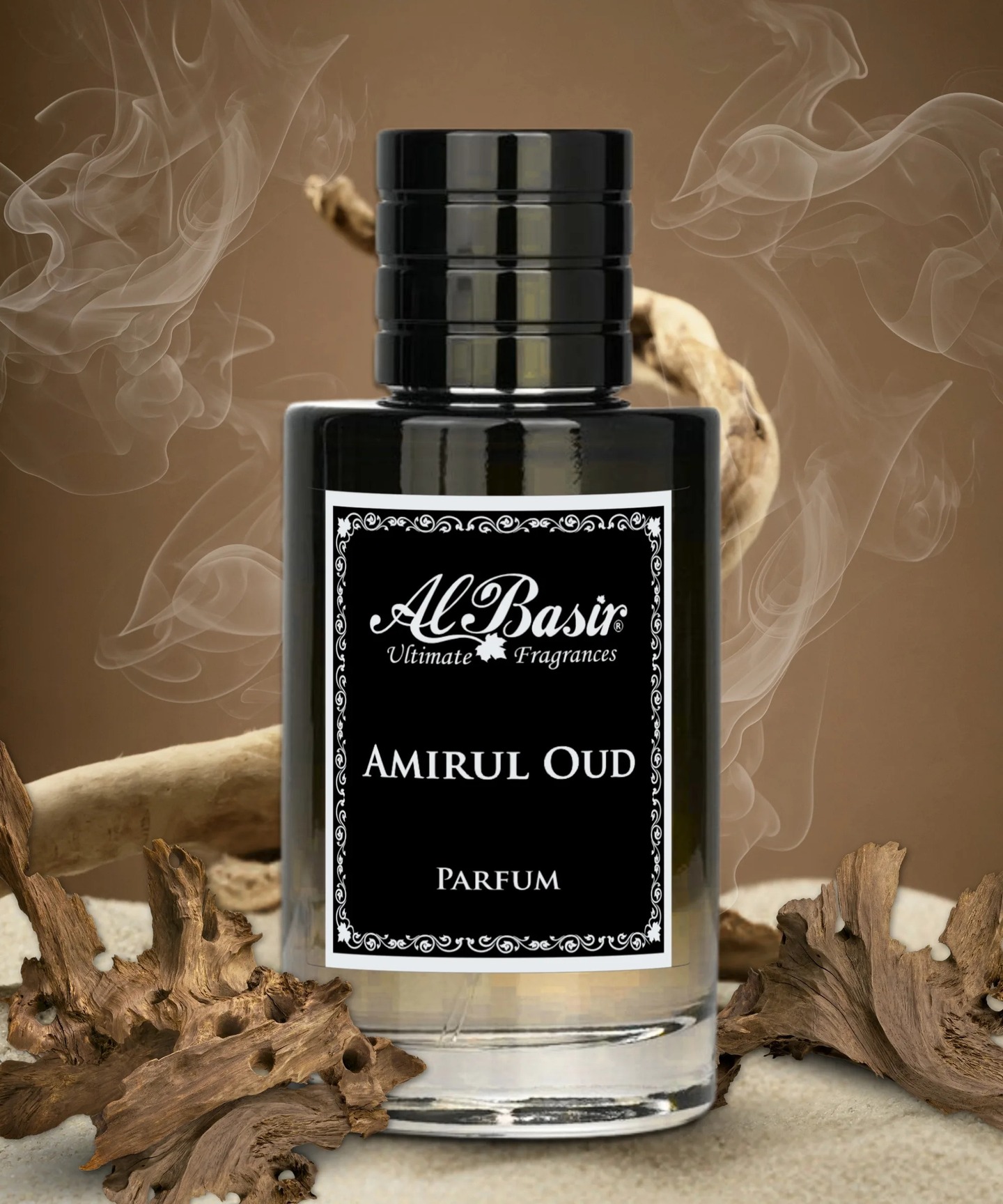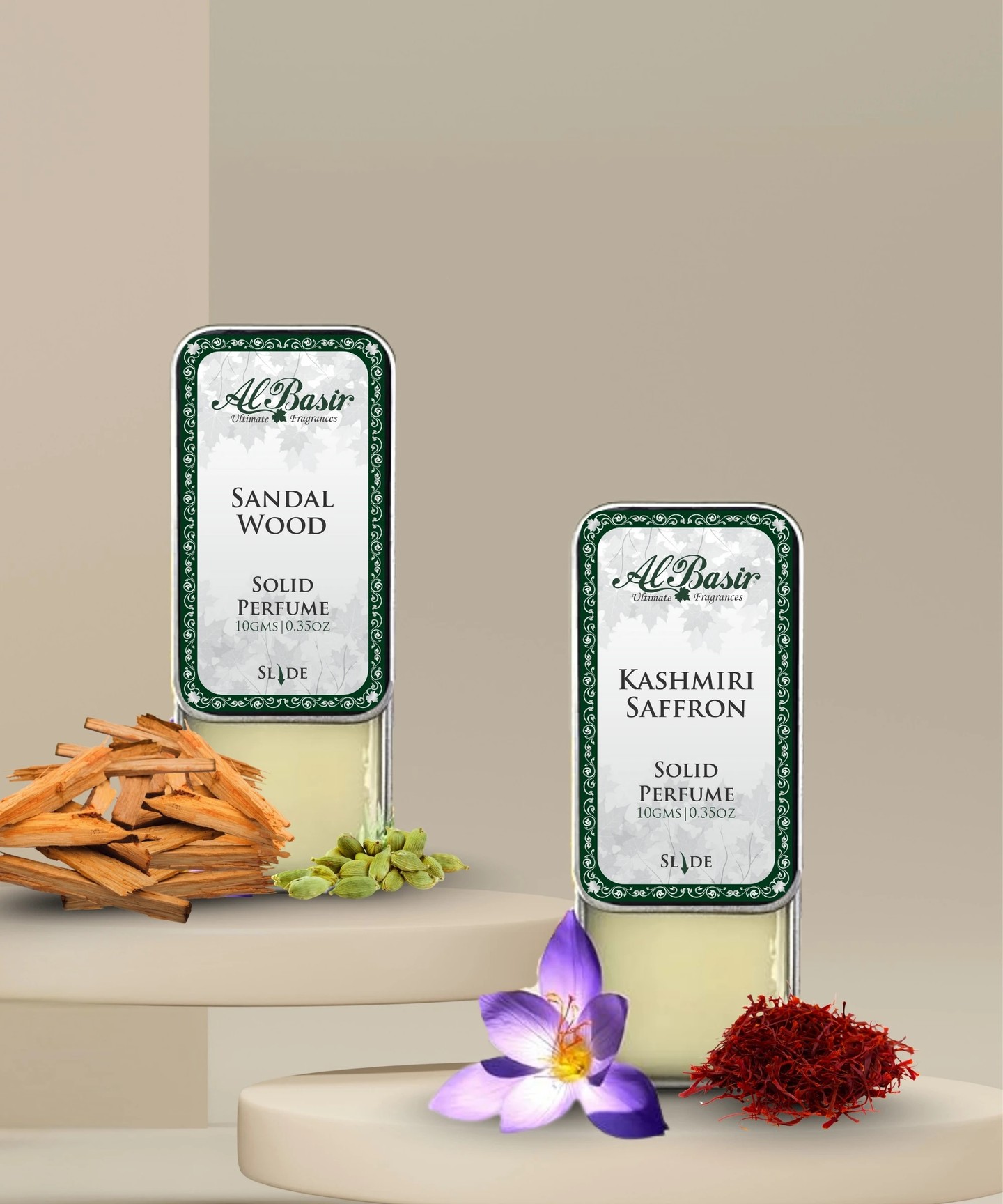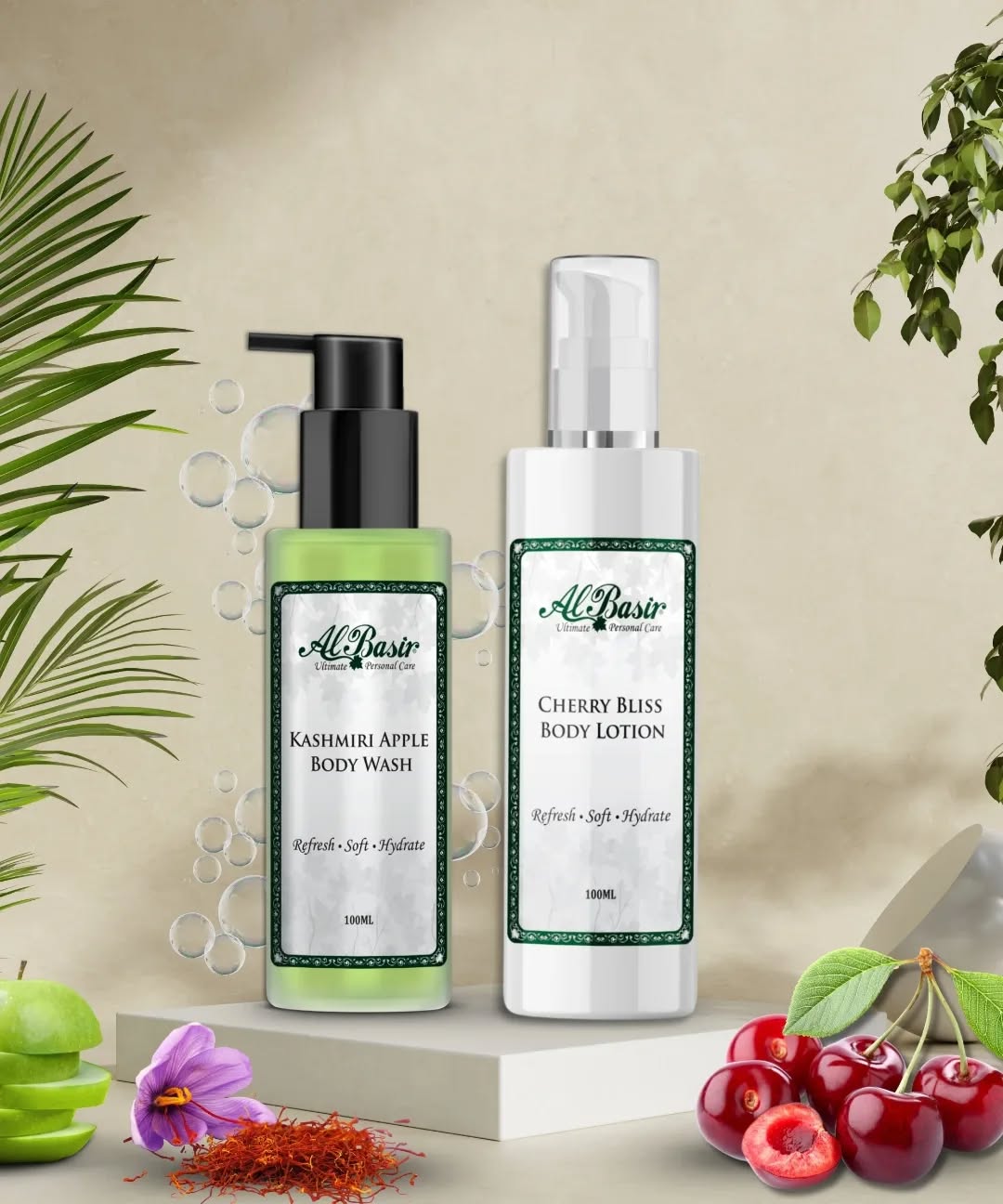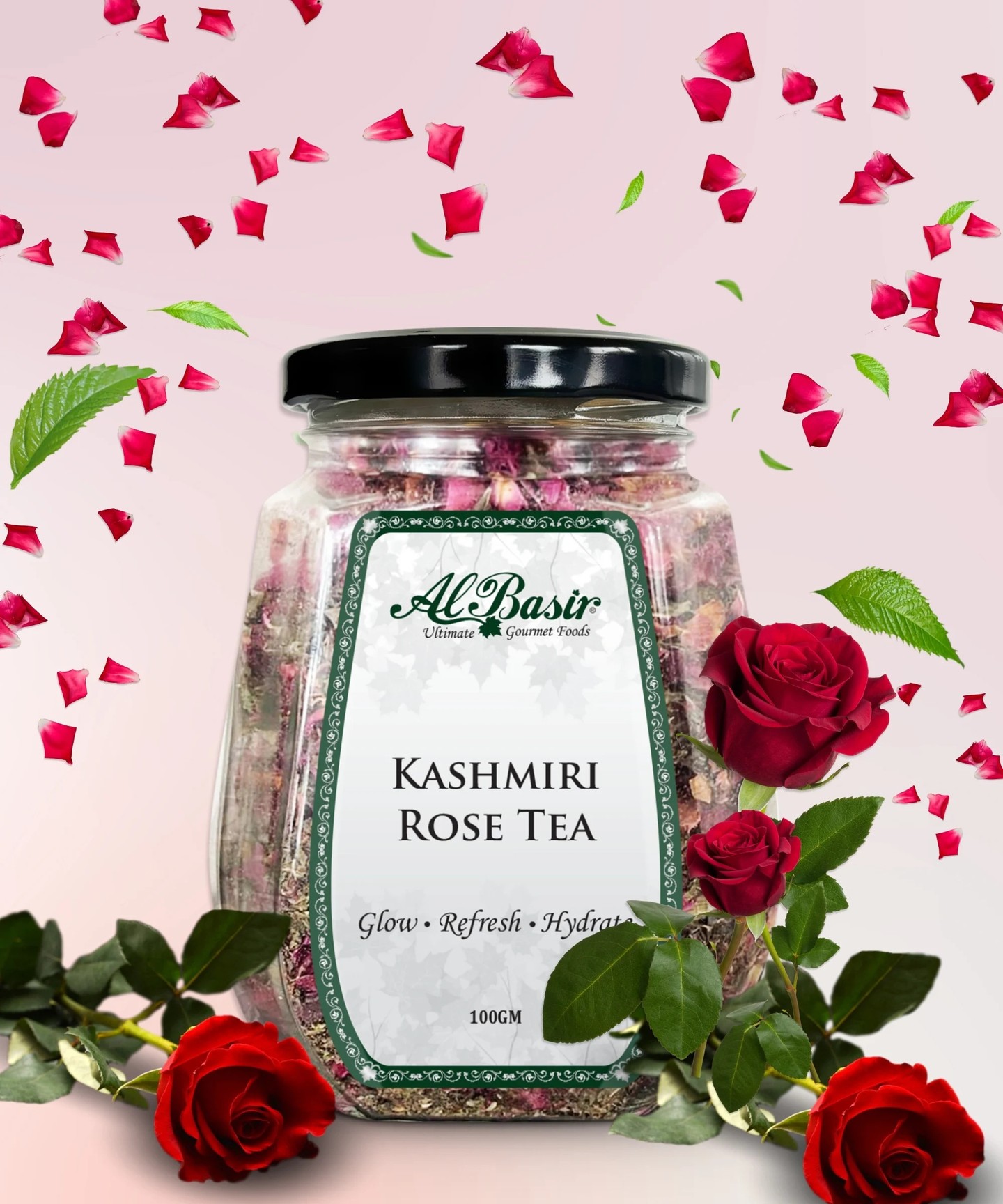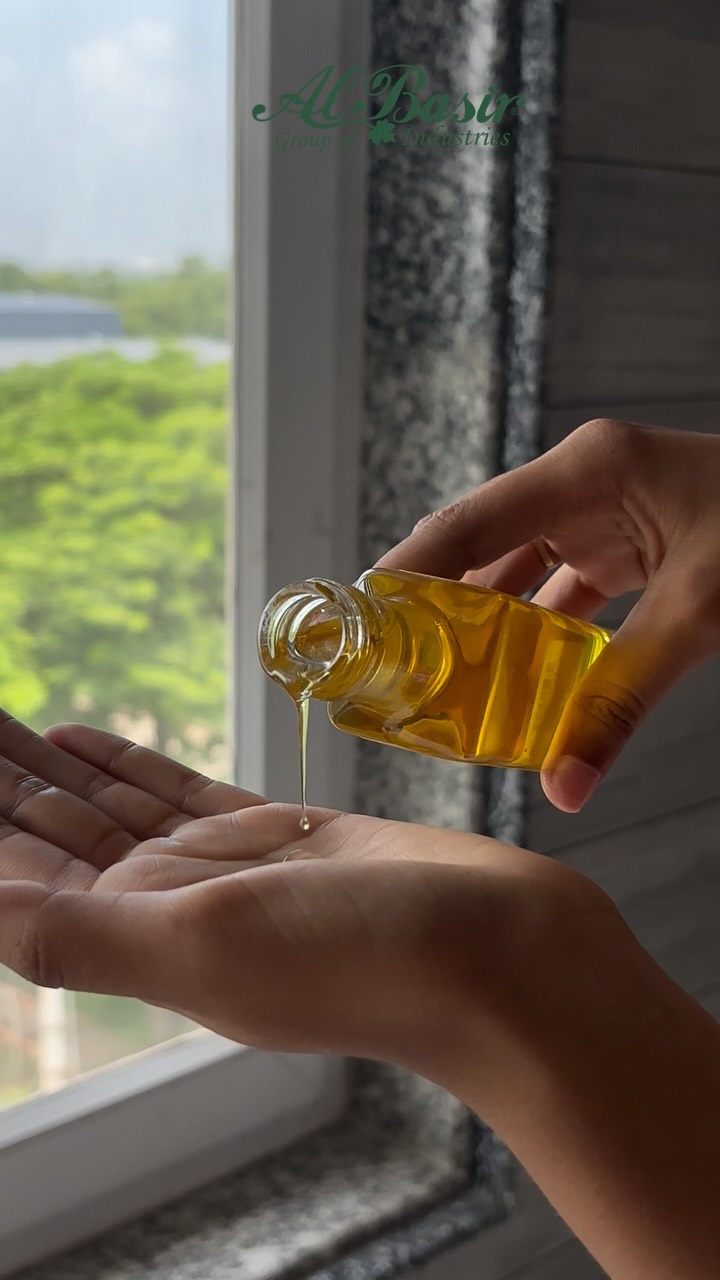CARE OF RUGS:

Proper care of rugs is essential to maintain their beauty, longevity, and functionality. Whether your rug is an heirloom piece or a recent acquisition, following a few simple care guidelines can help preserve its condition and enhance its lifespan. Regular vacuuming is the cornerstone of rug maintenance, as it removes dirt, dust, and debris that can accumulate over time and cause premature wear. Depending on the rug’s material and construction, you may need to adjust the vacuum settings to avoid damaging delicate fibers or pile. In addition to regular vacuuming, rotating your rug periodically can help distribute wear more evenly and prevent uneven fading from sunlight exposure. Aim to rotate your rug every six months, or more frequently in high-traffic areas.Spot cleaning is another important aspect of rug care, especially for addressing spills and stains promptly. Blot the affected area with a clean cloth or paper towel to absorb excess liquid, then use a mild detergent solution and a soft brush to gently scrub the stain. Avoid rubbing vigorously, as this can damage the rug fibers. Always test any cleaning solution on a small, inconspicuous area of the rug first to ensure compatibility.For deeper cleaning, consider professional rug cleaning services, particularly for valuable or delicate rugs. Professional cleaners have the expertise and specialized equipment to safely and effectively clean rugs without causing damage.Lastly, proper storage can help protect rugs when they’re not in use. Roll rugs rather than folding them to prevent creases, and store them in a cool, dry place away from direct sunlight and moisture. If storing rugs for an extended period, consider wrapping them in breathable fabric to protect against dust and pests.By following these care guidelines, you can ensure that your rugs remain beautiful, functional, and cherished additions to your home for years to come.
CARE OF BED COVER:
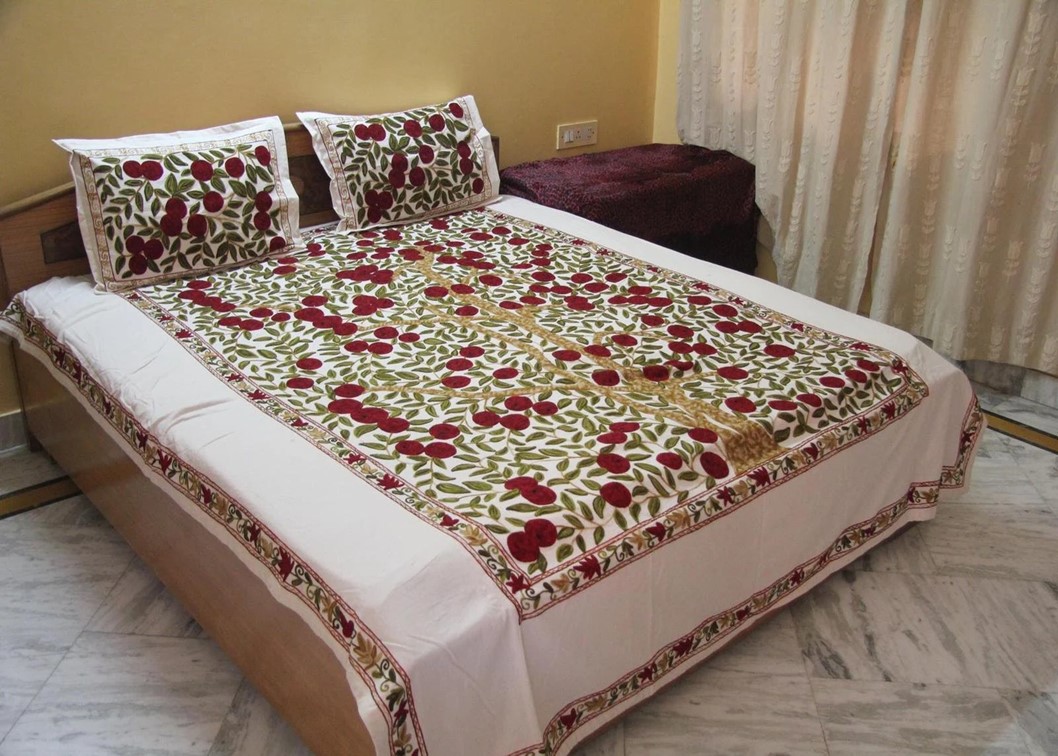
Caring for bed covers is essential to preserve their beauty, quality, and comfort. Whether your bed cover is made of cotton, linen, silk, or another material, proper care ensures it remains in excellent condition for years to come. Regular washing is crucial for maintaining cleanliness and freshness. Check the care label for specific washing instructions, as different materials may require different treatments. In general, most bed covers can be machine washed in cold water on a gentle cycle with mild detergent. Avoid using bleach or harsh chemicals, as they can weaken the fabric and cause damage over time. After washing, air dry the bed cover or tumble dry on low heat to prevent shrinkage or damage. For bed covers with delicate embroidery, embellishments, or decorative details, consider hand washing or using a mesh laundry bag to protect these features during washing. Additionally, turning the bed cover inside out before washing can help preserve its color and design.
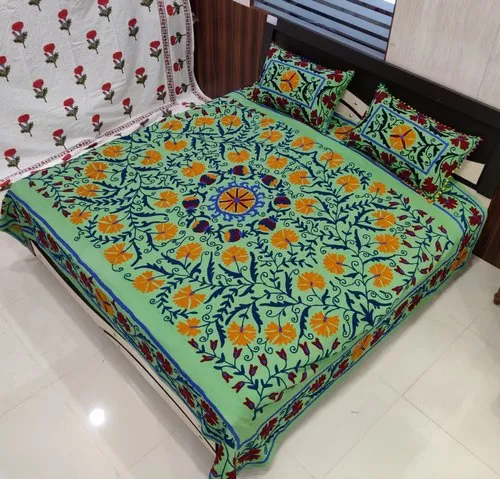
To extend the lifespan of your bed cover and reduce the frequency of washing, use a top sheet or duvet cover as a protective layer. This can help prevent direct contact with body oils, sweat, and other contaminants, keeping the bed cover cleaner for longer periods between washes.
In between washes, regularly shake out and fluff the bed cover to remove dust and maintain its loft and appearance. Spot clean any spills or stains promptly with a mild detergent and a soft cloth, taking care not to scrub too vigorously to avoid damaging the fabric or embellishments.
Proper storage is also important when the bed cover is not in use. Store it in a cool, dry place away from direct sunlight to prevent fading and discoloration. Consider using a breathable storage bag or container to protect the bed cover from dust and pests while allowing air circulation.
By following these care guidelines, you can ensure that your bed cover remains clean, fresh, and inviting, providing you with cozy comfort and style for many nights of restful sleep.
CARE OF CURTAIN:
Caring for curtains is essential to maintain their appearance and functionality while prolonging their lifespan. Regular cleaning and proper handling can help preserve the fabric, color, and overall quality of your curtains.

One of the simplest ways to care for curtains is through regular vacuuming using a brush attachment. This helps remove dust, pet hair, and other debris that can accumulate on the fabric’s surface. For heavier curtains, you may need to remove them from the rod and shake them outdoors to dislodge stubborn dust and dirt.
When it comes to washing curtains, always check the care label for specific instructions. Many curtains can be machine washed on a gentle cycle with a mild detergent. However, delicate fabrics or those with intricate embellishments may require hand washing or professional dry cleaning to avoid damage.
If machine washing is suitable, consider using a mesh laundry bag to protect the curtains from snagging or tangling with other items in the wash. Wash curtains in cold water to prevent shrinking or fading, and avoid using bleach or harsh chemicals that can weaken the fabric.

After washing, hang the curtains to air dry or tumble dry on a low heat setting. Avoid over-drying to prevent wrinkles and shrinkage. If ironing is necessary, use a low heat setting and iron the curtains while they are still slightly damp to ease out wrinkles without damaging the fabric.
In between washings, spot clean any spills or stains promptly using a mild detergent and a soft cloth. Blot the affected area gently to avoid spreading the stain or causing damage to the fabric.
Proper storage is also important to protect curtains when they’re not in use. Store them in a cool, dry place away from direct sunlight to prevent fading and discoloration. Avoid folding curtains for long periods, as this can create permanent creases. Instead, loosely roll them up and store them in a breathable fabric bag or container.
By following these care guidelines, you can keep your curtains looking fresh, clean, and beautiful for years to come, enhancing the overall appearance of your home.
CARE OF BLANKET:
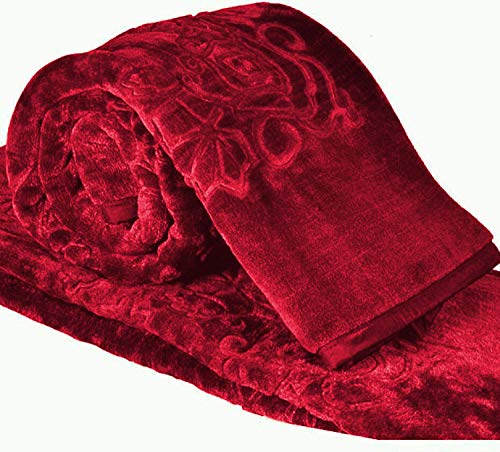
Caring for blankets is essential to maintain their softness, warmth, and longevity. Whether your blanket is made of wool, cotton, fleece, or another material, proper care ensures that it remains clean, cozy, and inviting for years to come.
Regular washing is key to keeping blankets clean and fresh. Check the care label for specific instructions, as different materials may require different treatments. In general, most blankets can be machine washed in cold water on a gentle cycle with a mild detergent. Avoid using bleach or fabric softeners, as they can damage the fibers and reduce the blanket’s lifespan. After washing, air dry the blanket or tumble dry on a low heat setting to prevent shrinkage and maintain its softness.
For wool blankets, it’s important to handle them with care to avoid felting or matting of the fibers. Use a gentle detergent specifically formulated for wool and avoid agitating the blanket too vigorously during washing. After washing, reshape the blanket while it’s still damp and lay it flat to dry to prevent stretching or distortion.
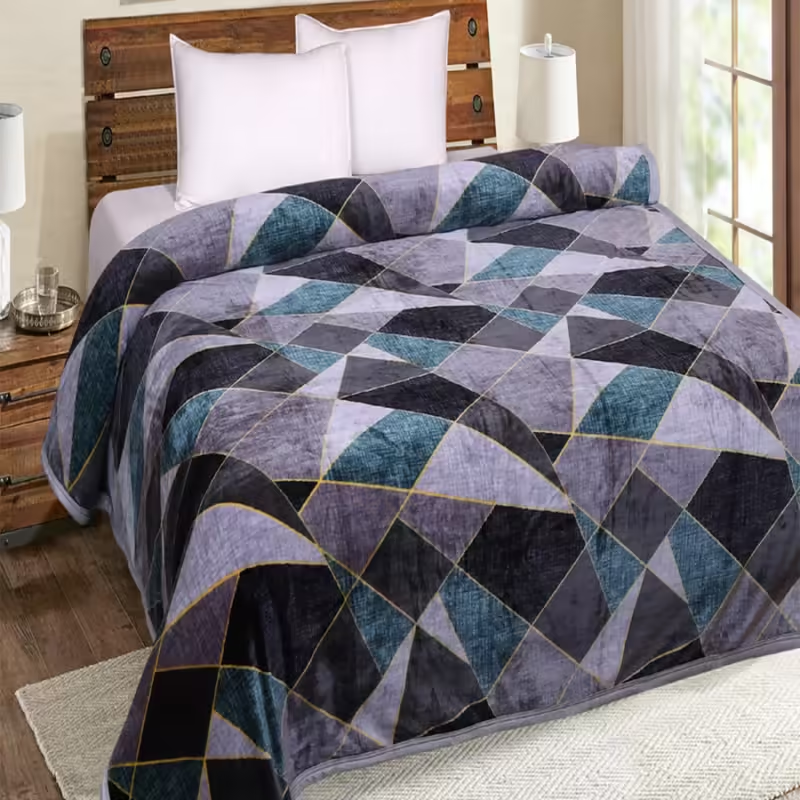
In between washings, regularly shake out and fluff the blanket to remove dust and maintain its loft and texture. Spot clean any spills or stains promptly with a mild detergent and a soft cloth, taking care not to scrub too vigorously to avoid damaging the fabric.
Proper storage is also important when the blanket is not in use. Store it in a cool, dry place away from direct sunlight to prevent fading and discoloration. Consider using a breathable storage bag or container to protect the blanket from dust and pests while allowing air circulation.
By following these care guidelines, you can ensure that your blanket remains clean, cozy, and comfortable, providing you with warmth and comfort whenever you need it.
CARE OF CUSHION COVER:

Caring for cushion covers is crucial to maintain their appearance, durability, and comfort. Whether your cushion covers are made of cotton, linen, silk, or another material, proper care ensures they remain clean, fresh, and inviting for years to come.
Regular cleaning is essential to prevent dirt, dust, and stains from accumulating on cushion covers. Most cushion covers can be machine washed in cold water on a gentle cycle with a mild detergent. However, always check the care label for specific instructions, as some materials may require special treatment. Avoid using bleach or harsh chemicals, as they can damage the fabric and affect its color and texture.
After washing, air dry the cushion covers or tumble dry on a low heat setting to prevent shrinkage and maintain their shape.
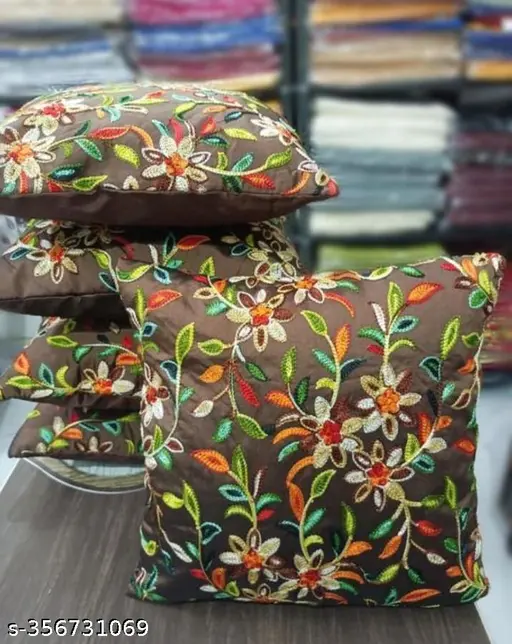
Iron the covers on a low heat setting if necessary, taking care to avoid ironing directly over any embellishments or decorative elements.
In between washings, spot clean any spills or stains promptly with a mild detergent and a soft cloth. Blot the affected area gently to avoid spreading the stain or causing damage to the fabric. Regularly vacuuming or brushing the covers can also help remove dust and maintain their appearance.
Proper storage is important when cushion covers are not in use. Store them in a cool, dry place away from direct sunlight to prevent fading and discoloration. Consider using a breathable storage bag or container to protect the covers from dust and pests while allowing air circulation.
By following these care guidelines, you can keep your cushion covers looking clean, fresh, and beautiful, enhancing the overall appearance of your home decor.
CARE OF TABLE MAT:

Caring for table mats is essential to preserve their appearance, functionality, and longevity. Whether your table mats are made of fabric, vinyl, bamboo, or another material, proper care ensures they remain clean, stylish, and functional for many uses.Regular cleaning is key to keeping table mats free from dirt, stains, and spills. For fabric table mats, check the care label for specific washing instructions. In most cases, fabric mats can be machine washed in cold water on a gentle cycle with a mild detergent. Avoid using bleach or harsh chemicals, as they can damage the fabric and affect its color and texture. After washing, air dry the mats or tumble dry on a low heat setting to prevent shrinkage and maintain their shape.For vinyl or plastic table mats, simply wipe them clean with a damp cloth or sponge after each use. For tougher stains, use a mild detergent or vinegar solution and gently scrub the affected area. Avoid using abrasive cleaners or scouring pads, as they can scratch the surface of the mats.For bamboo or rattan table mats, wipe them clean with a damp cloth or sponge and mild detergent. Avoid soaking these mats in water or exposing them to excessive moisture, as it can cause warping or damage to the natural fibers.In between cleanings, regularly shake out or vacuum table mats to remove crumbs, dust, and debris. This helps maintain their appearance and prevents dirt from becoming embedded in the fibers.Proper storage is important when table mats are not in use. Store them flat or rolled up in a cool, dry place away from direct sunlight to prevent fading and discoloration. Avoid folding table mats, as it can cause permanent creases or damage to the material.
CARE OF FABRIC LENGTH:
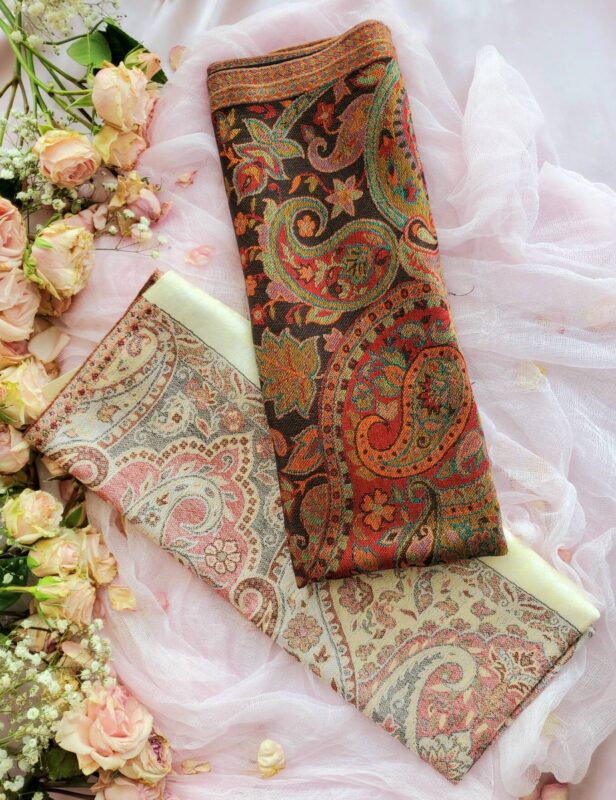
Caring for Kashmiri fabric lengths is essential to maintain their beauty, quality, and cultural significance. Crafted with meticulous attention to detail and imbued with centuries of tradition, these fabric lengths deserve special care to ensure their longevity and preserve their unique characteristics.
First and foremost, it’s important to handle Kashmiri fabric lengths with care, as they often feature delicate embroidery and intricate designs. Avoid rough handling or pulling on threads, as this can cause damage to the fabric or unravel the embroidery. When washing Kashmiri fabric lengths, always follow the care instructions provided by the manufacturer. In general, it’s best to hand wash them in cold water with a gentle detergent to protect the delicate fibers and embellishments.
After washing, gently squeeze out excess water without wringing or twisting the fabric, as this can distort its shape. Lay the fabric flat to air dry on a clean towel, avoiding direct sunlight or heat sources that can cause fading or damage. If ironing is necessary, use a low heat setting and iron the fabric on the reverse side to protect the embroidery and intricate details.
To prevent wrinkles and creases, store Kashmiri fabric lengths rolled up instead of folded. Place them in a breathable storage bag or container to protect them from dust and pests while allowing air circulation. Avoid storing them in damp or humid environments, as this can promote mold growth and damage the fabric.
In addition to regular care, it’s important to handle Kashmiri fabric lengths with respect and appreciation for their cultural heritage. Each fabric length is a work of art that reflects the skill and craftsmanship of Kashmiri artisans, and by caring for them properly, you help to ensure that these traditions continue to thrive for generations to come.
Please call our Customer Care for any query. (9am to 6pm) +91 9463 777 888 or write @ info@albasir.in.














